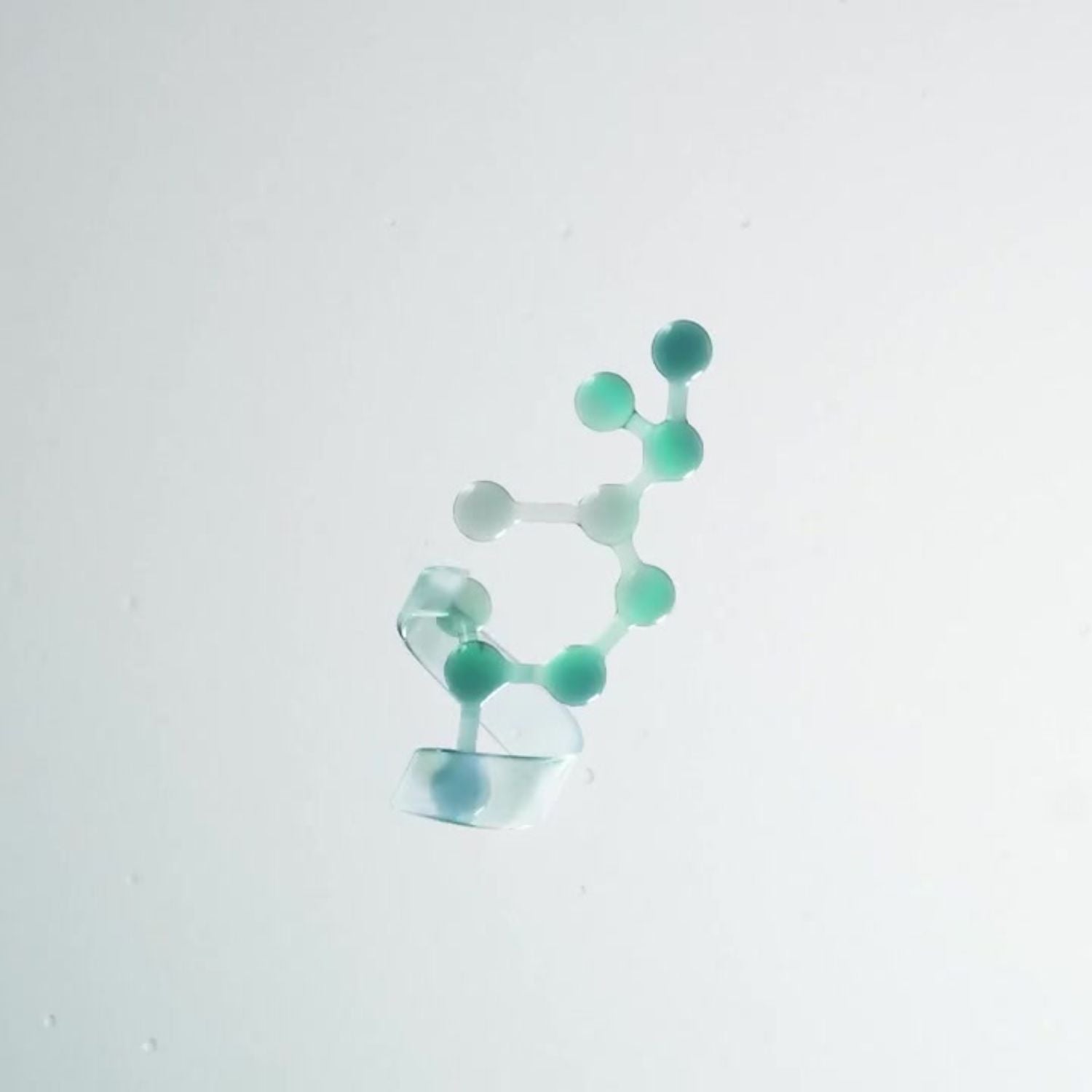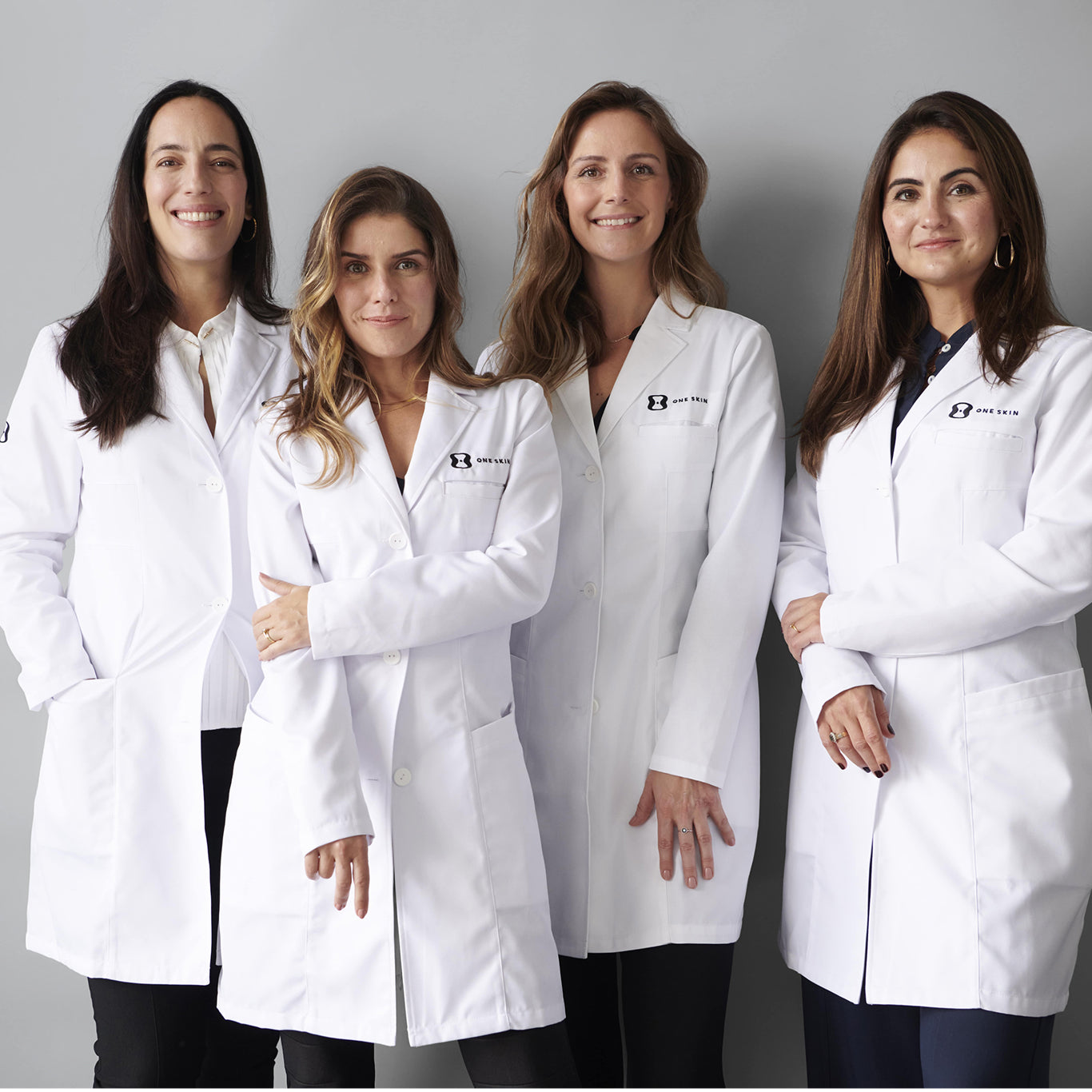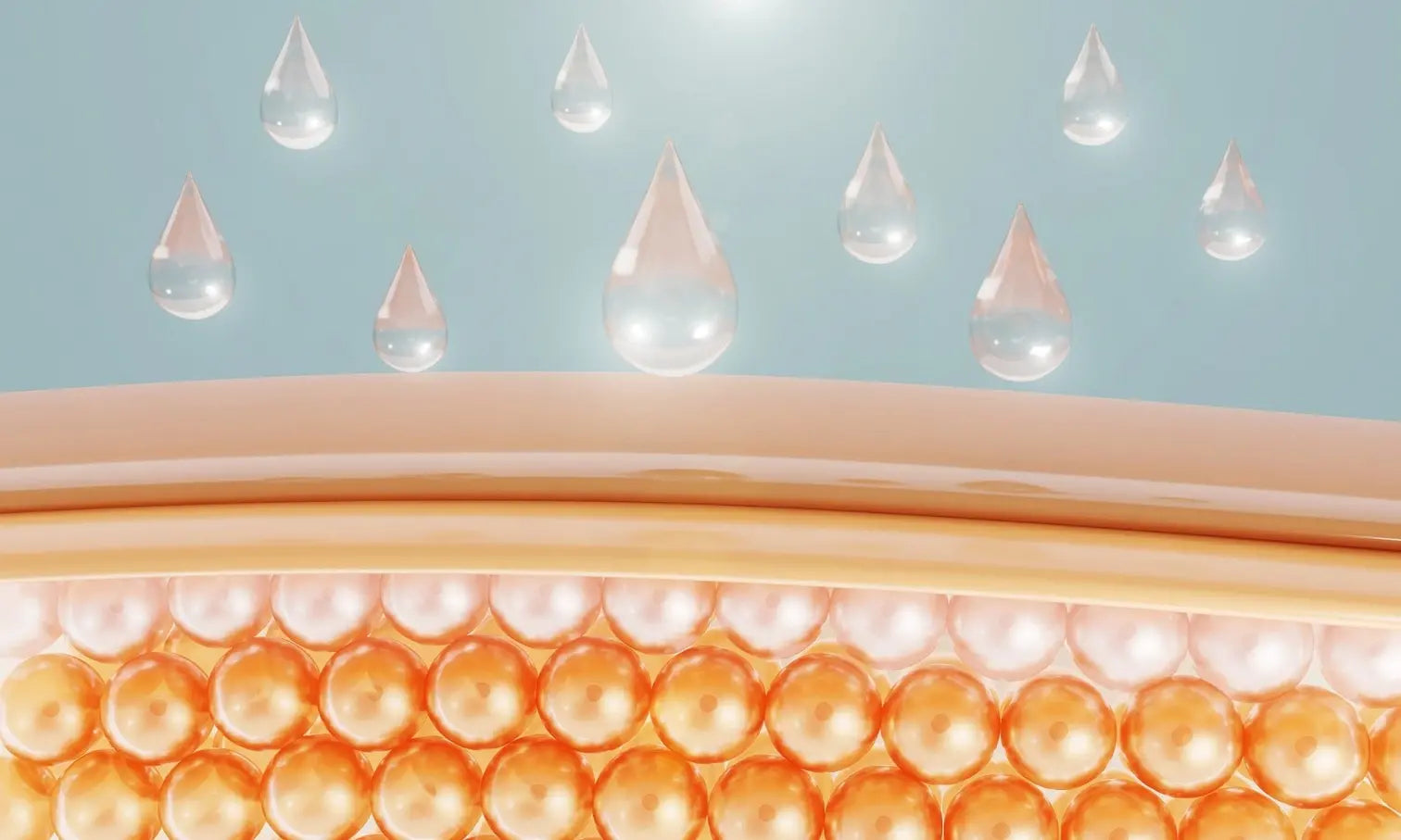
4th of July Event
Celebrate your right to healthy skin
Spend more, get more—up to $185 in free summer essentials.
Ends 7/7. Terms apply.
OUR APPROACH
Led by science, not hype

OUR APPROACH
The real proof? It’s in the numbers.
9
years of research
900
peptides screened
18
patents & publications
9000
5-Star Reviews
OUR BREAKTHROUGH PEPTIDE
OS-01: the new standard in peptide technology
Think of OS-01 as a reset button for your skin, helping clear away the senescent cells that cause wrinkles, hyperpigmentation, and crepiness. As the first peptide scientifically proven to reduce cellular senescence in the skin, OS-01 does what other peptides can’t. 01
6 visible signs of senescence


DAILY ESSENTIALS
The 5-minute skin health routine
The Reference Lab
Frequently Asked Questions
Peptides are short chains of amino acids. They represent a broad class of molecules with many jobs, from forming the building blocks of larger proteins to acting as cellular messengers. Peptides found naturally in the body (called endogenous peptides), play a crucial role in tissue growth, hormone regulation, and other biological processes. Exogenous peptides, which can be injected, ingested or delivered topically like OS-01, can send out signals to skin cells to trigger collagen and hyaluronic acid production, aid in cellular repair, and help strengthen the skin barrier.01,02,03
01 Zonari, A., et al. Senotherapeutic peptide treatment reduces biological age and senescence burden in human skin models. npj Aging, 9(1), 1-15. 2023. doi:10.1038/s41514-023-00109-1
02 Zonari A., et al. Double-blind, vehicle-controlled clinical investigation of peptide OS-01 for skin rejuvenation. J Cosmet Dermatol. 2024; 23: 2135-2144. doi:10.1111/jocd.16242
03 Based on data from clinical studies and/or lab studies conducted on human skin samples, 3D skin models, and skin or hair cells in the OneSkin lab. Explore more at oneskin.co/claims
04 Zonari, A., et al. Clinical efficacy of OS-01 peptide formulation in reducing the signs of periorbital skin aging. Int J Cosmet Sci. 2025; 00: 1–11. doi:10.1111/ics.13042

















































